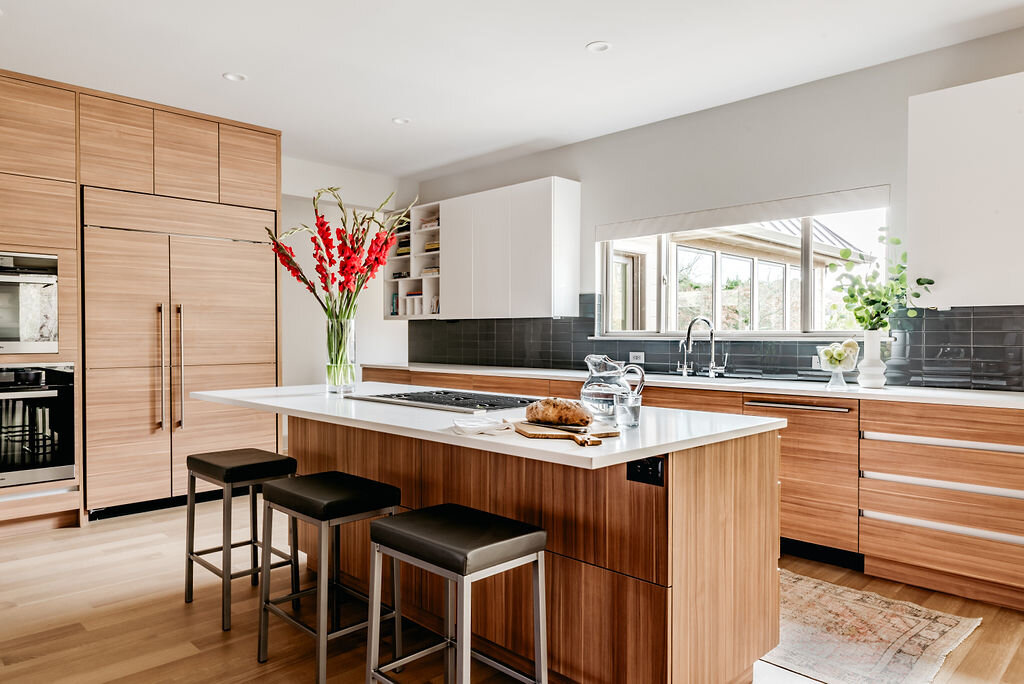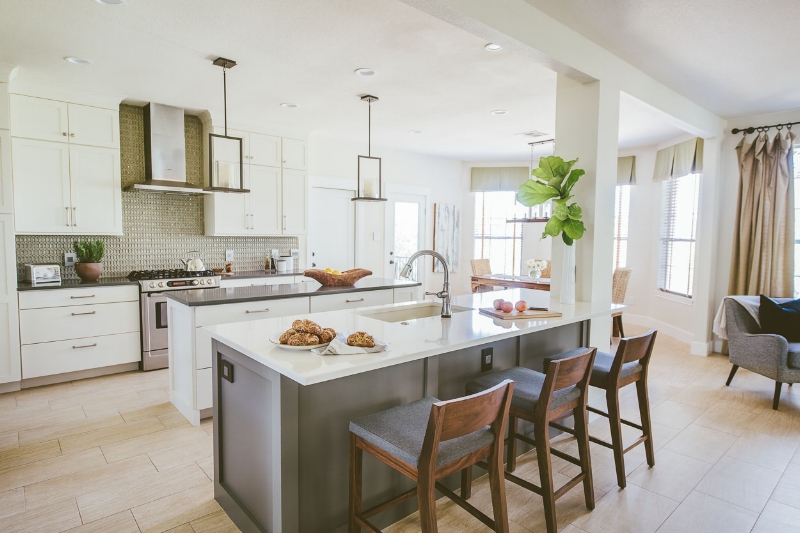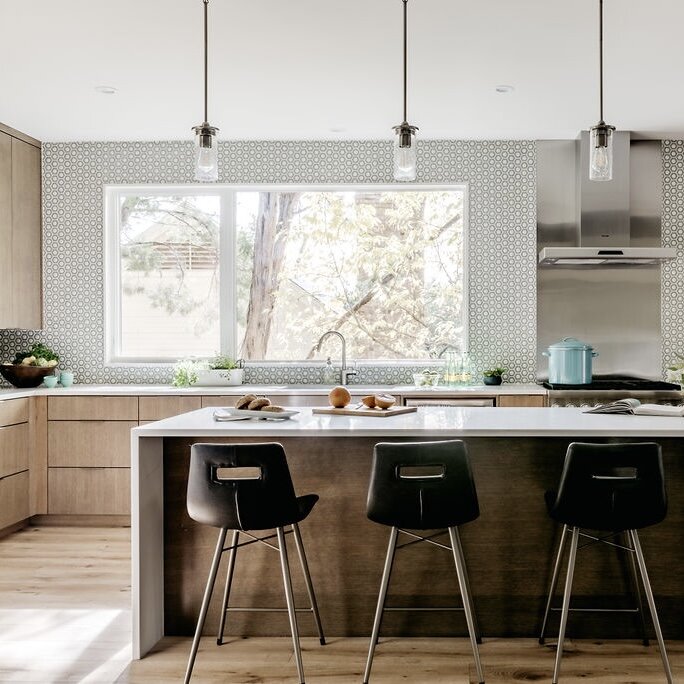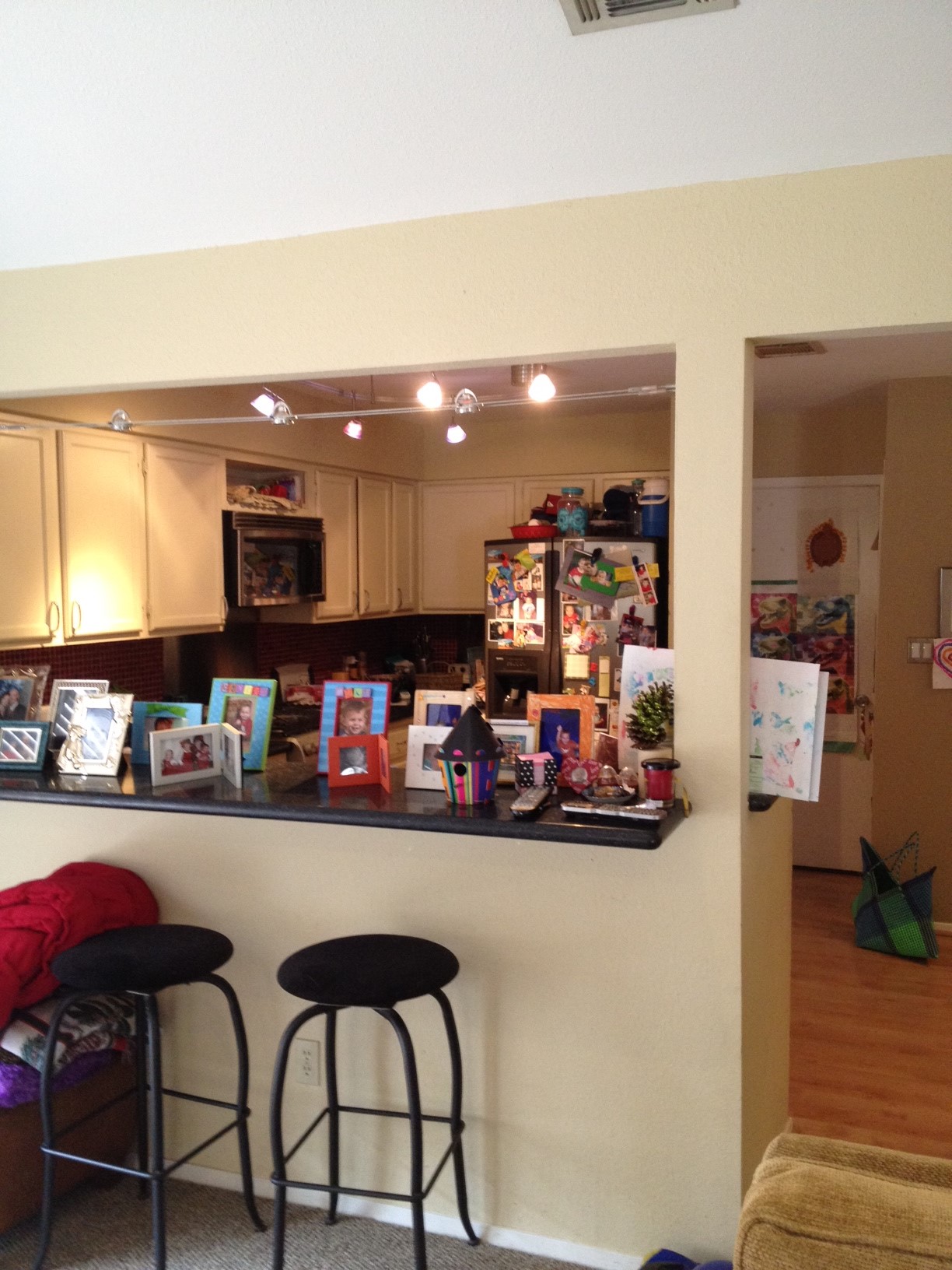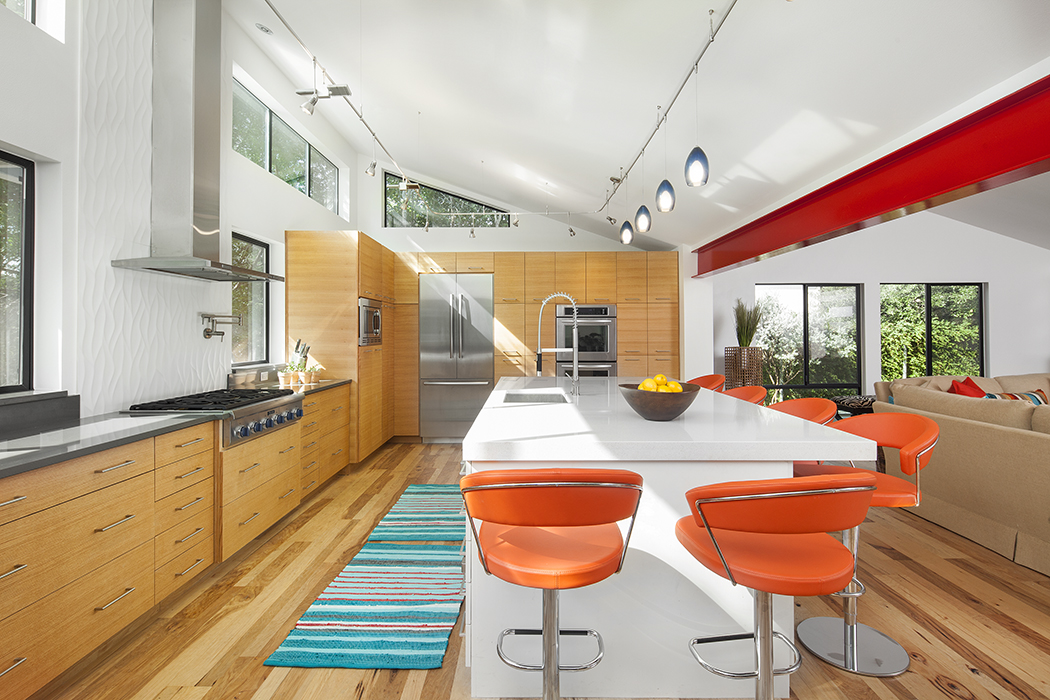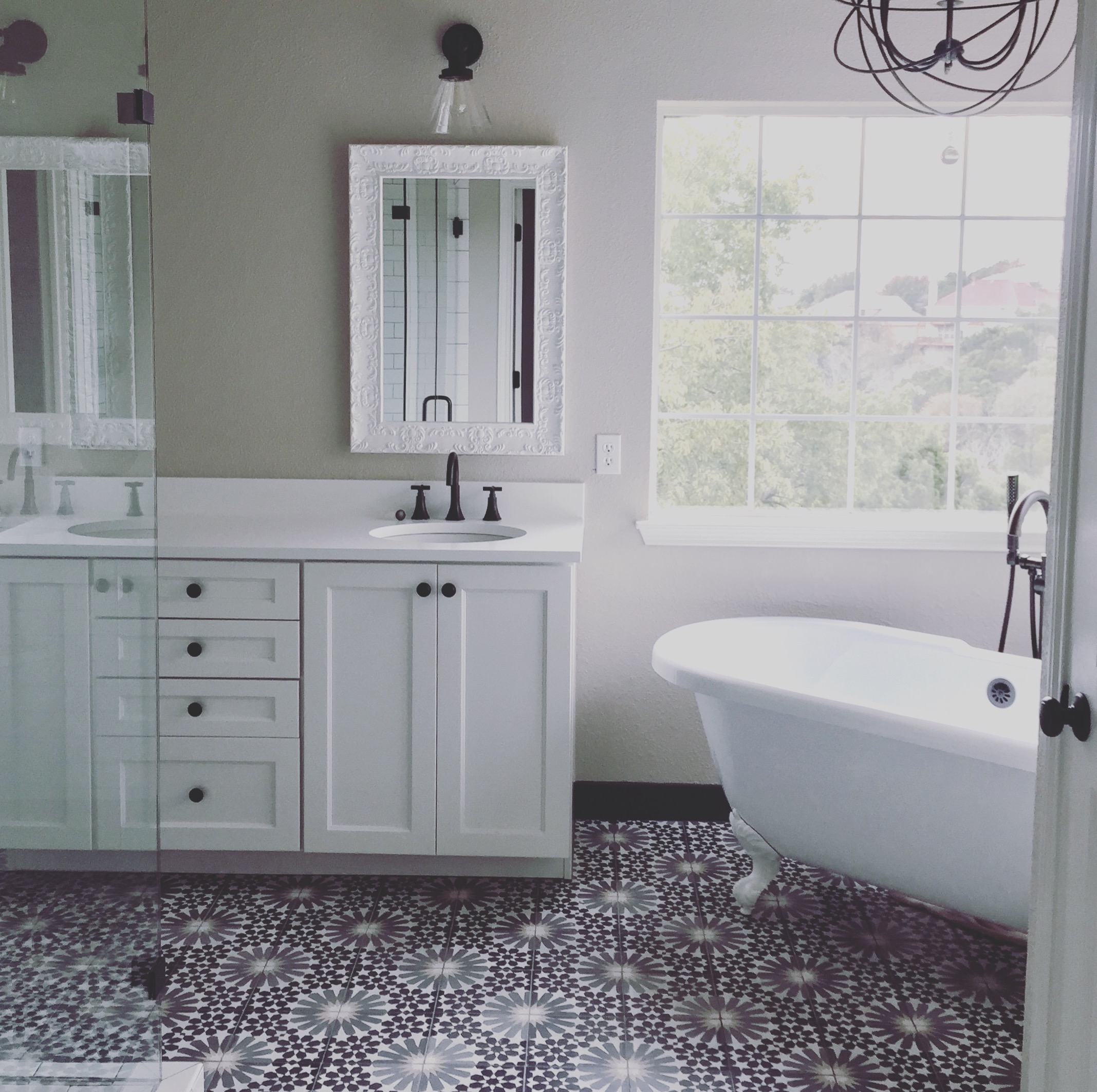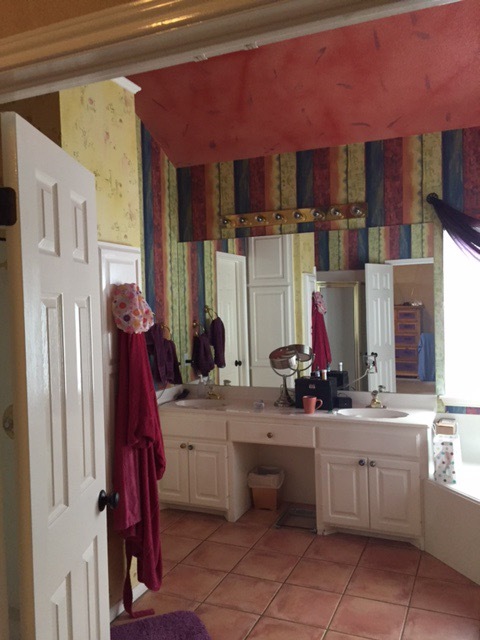Image courtesy of Getty Images
We all know someone with a 'bad contractor' story. Or you see it on TV: some guy partially completed a job and then skipped town. Sure every industry has a few "bad seeds", but quite honestly I think contractors get a bad rap. After years in the industry I’ve worked with dozens of contractors across the country who have been honest, fair, and caring about client satisfaction. On a personal level, my husband is a builder, I have managed remodels, and I work hand in hand with contractors daily. Based on these experiences I've developed some first hand opinions on how to successfully work with building professionals. Follow these tips and I guarantee you'll have good results too!
THE SELECTION PROCESS:
(this applies to both General Contractors and Subcontractors for small jobs)
1. Get referrals from sources you trust.
2. Interview a few of them on the phone. Are they easy to communicate with? Do they sound experienced and professional?
3. Set up appointments with your top two or three.
4. During the appointment, ask questions about their process. Most experienced professionals have developed a process that works for them, and if you hire them it's best to work within those parameters.
5. Ask about their preferred vendors. Does your Uncle Bob have a lighting store and you hope to buy from him? Getting their input on this in advance will avoid awkward discussions later and allow you to consider this in your decision.
6. Proceed with getting bids, but again only from two or three (more than that is needless and overwhelming!). Many of them will offer to do a high-level estimate rather than a detailed exercise with visits from their tradesmen. That's totally fine. They often have enough experience to draw reasonable conclusions about your project without bringing everyone over. If you prefer a detailed estimate many good GC's will provide that for a nominal fee. I've had clients balk at that, but in my mind it's totally fair on large and involved projects.
7. Provide a detailed Scope of Work and drawings if appropriate (I often develop these documents for clients). The bids can only be as accurate as the information you provide, so make sure you have clearly defined the scope and that you are offering enough detail to receive apples to apples information. I typically include preset allowances for things like plumbing and electrical fixtures to reduce the number of variables and indicate expected product quality.
8. Once you've reviewed the bids and made a decision, close the loop with everyone on your decision. They put a lot of time into the estimate and it is the polite thing to do.
DURING THE PROJECT:
So you’ve selected a contractor - now the fun begins! Regarding the actual process, I have one key word for you to remember: respect. You like to be treated with respect, and they do too. They have expertise and a network that is a benefit to you or else you wouldn’t be hiring them. They came recommended for a reason, now let them do their job. Nothing can send a project on the wrong track faster than a client who second guesses, micro-manages, or refuses to work within the guidelines provided by the contractor. Regarding the details during the project, here are some guidelines for a smooth process:
1. Be flexible. Don’t try to tightly squeeze a project in before a big family holiday or party. Challenges will come up and you want to make decisions based on “doing it right” rather than forcing something to meet a deadline.
2. Provide information in advance. Product orders need to be placed, so understand lead times for your selections and plan appropriately. Avoid stress by thinking through each detail that the tradesmen will need. For example: you know you want sconces on both sides of the mirror – how wide is the mirror? Do you know where the center line is for the faucet? How tall are the sconces and where is the junction box on the fixture? Label the exact height and placement on the wall or on a drawing (this is a service I provide for my clients). Clear communication is the best way to avoid surprises, disappointment, and expensive re-work.
3. Be available for questions, and ask the contractor his preferred method of communication if an issue arises. Do they prefer email or text? Are they early risers? Do they typically work on weekends? Most contractors work long hours - be respectful that they try to carve out time for their family too, and just because you are thinking about your project at that moment doesn’t mean they should be (can you tell I’m speaking as a wife as well as an industry professional?). I have a few sweet clients who send emails on the weekend with the title “Don’t Read Until Monday”. They get it.
4. Find periodic times to walk through and get your eyes on things to make sure obvious mistakes are caught (the wrong tile or paint color is going up, etc.). There is a lot of detailed communication involved and honest mistakes can happen. If you approach the discussion in a way that’s not accusing, and contact them in the way they prefer, good contractors will work with you toward fair resolution.
5. Regarding money – keep in mind there are expenses with your project and make sure you provide them what they need to stay ahead of things. In the same way you don’t want them to run off with your money – it’s not fair for them to be your bank. Understand in advance their terms and be prompt with payments. It won’t go unappreciated.
6. Another tip on the topic of money - understand that the contractor is in business to make a profit, and it’s fair for him to do so on your project. I’ve seen clients who are so determined to get a “deal” on things that they squeeze every ounce of profit out of the project to the point of taking advantage of the contractor. For example with a “cost plus” model I’ve seen clients ask to not pay the percentage on high cost items such as appliances. Okay, I understand, but how many trips did he make to your house to fix that light switch that was malfunctioning? And did he make any profit on the switch? It works both ways and usually balances out. If the appliances are going in during the project he's having to coordinate delivery, wire and plumb for them, protect them after delivery, etc.. Everything requires coordination, and at a certain point if your project is not profitable for him, he won’t enjoy being there and you won’t get his best work.
BOTTOM LINE:
The bottom line is – do your homework and treat others how you wish to be treated. I am in no way suggesting you won’t encounter frustrations (issues arise with every job – there are many moving parts!), but if you follow these guidelines it will work out best for you in the end!



